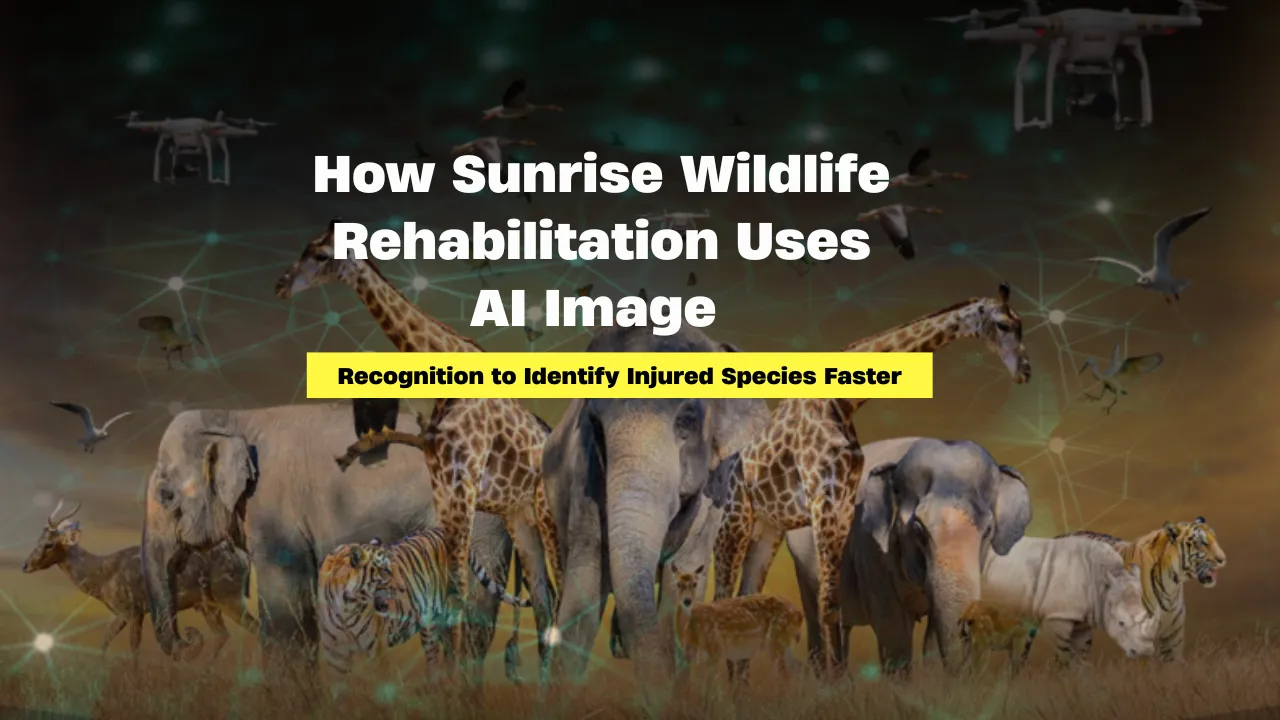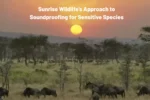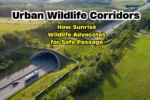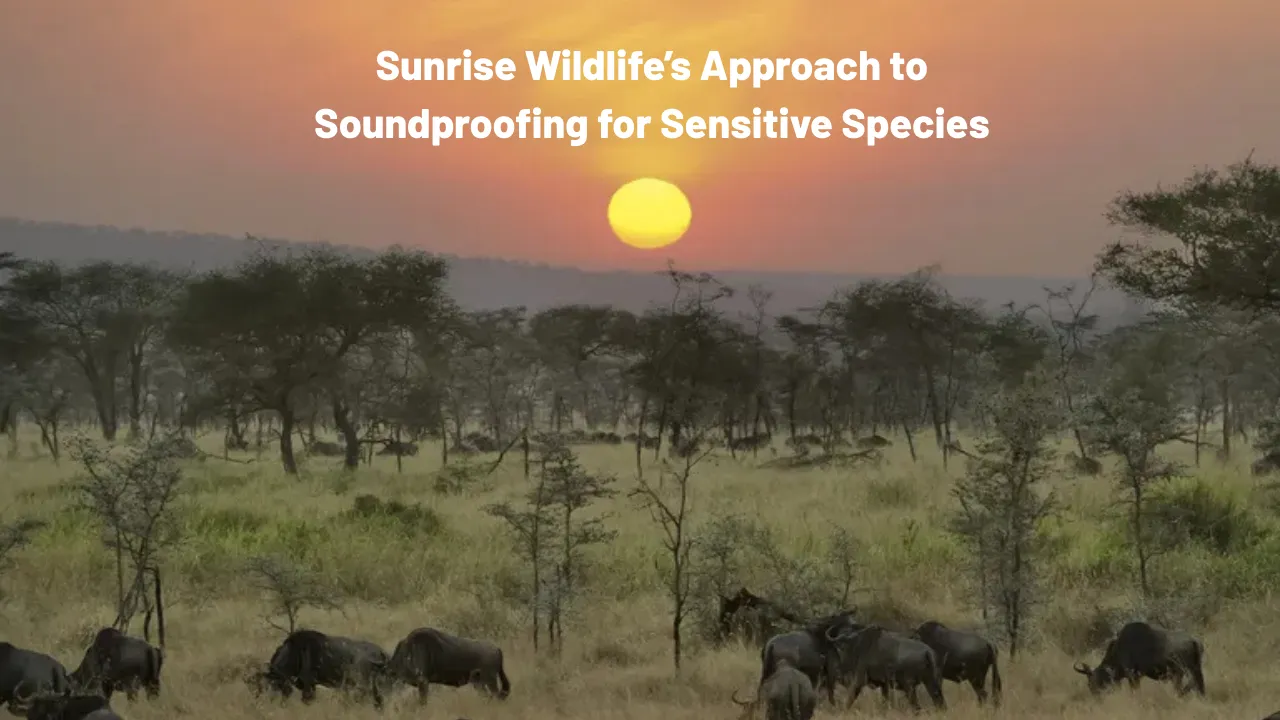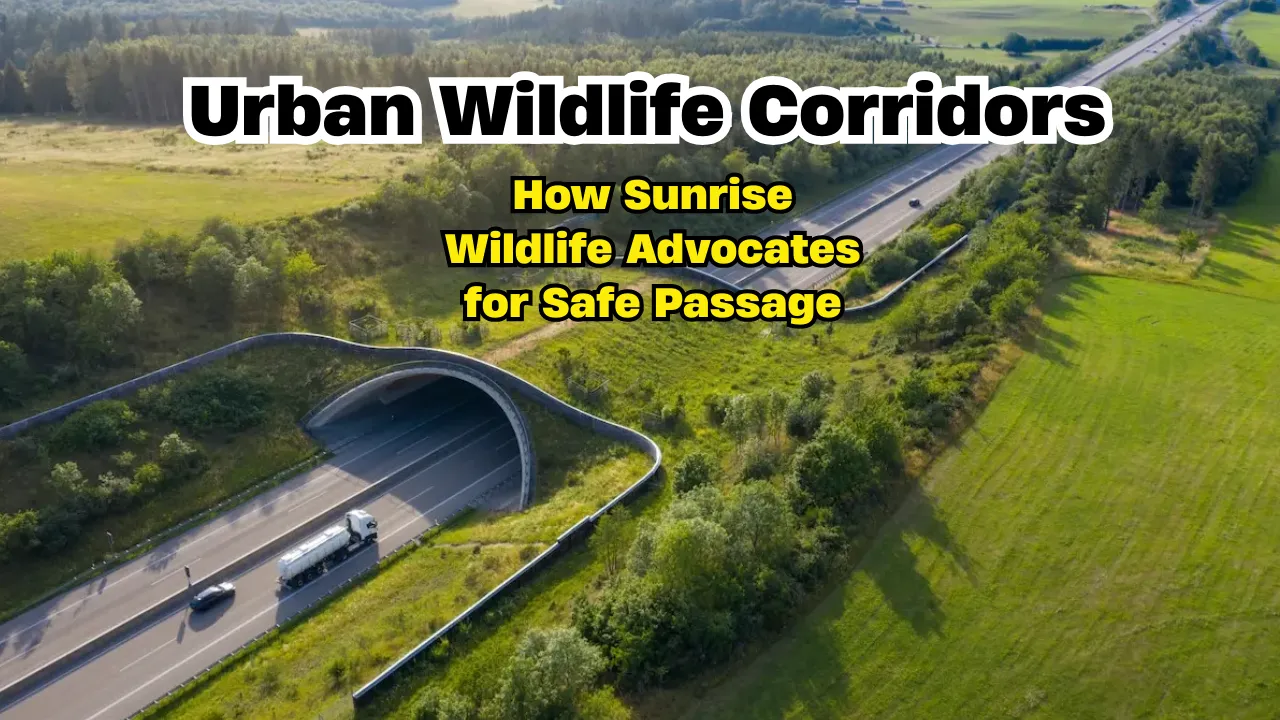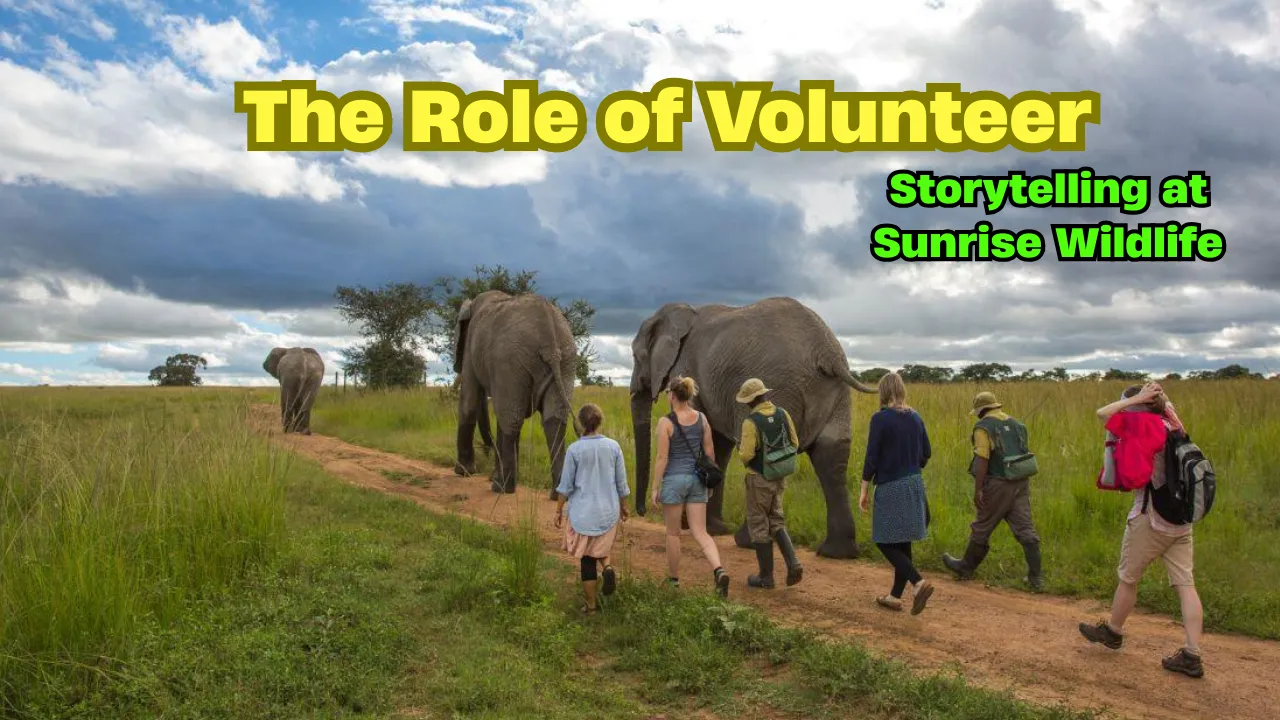Sunrise Wildlife Rehabilitation is setting a new standard in wildlife rescue by using AI image recognition to quickly identify injured animals. In a field where every second counts, this innovation means that injured birds, mammals, and reptiles receive the right care much faster. The team’s blend of compassion and cutting-edge technology is giving vulnerable animals a second chance at life.
In this article, we’ll explore exactly how Sunrise Wildlife Rehabilitation has woven AI into its daily operations. You’ll see how the technology works, why accurate species identification matters so much, the real-world benefits it’s delivering, and where this combination of wildlife care and artificial intelligence is heading in the future.
Sunrise Wildlife Rehabilitation and AI Technology
At the heart of Sunrise Wildlife Rehabilitation’s work is a belief that technology should serve life. AI image recognition allows rescuers to take a quick photo of an injured animal and instantly receive species identification along with care guidelines. This reduces the time spent guessing and eliminates errors that could harm the animal. By integrating wildlife identification technology into daily operations, the center has bridged the gap between traditional animal care methods and modern data-driven tools. The result is faster diagnosis, targeted treatment, and better survival rates for wildlife patients.
The Role of AI in Wildlife Rescue
AI image recognition is a tool that uses machine learning to compare photos of injured animals with massive image databases. At Sunrise Wildlife Rehabilitation, this system is accessible to both trained staff and community volunteers. When a rescuer photographs an injured owl, turtle, or fox, the AI analyzes unique features such as fur coloration, feather patterns, or shell markings. It then cross-references these traits with thousands of species profiles to suggest the closest match within seconds.
Why Species Identification Matters
Wildlife rehabilitation isn’t a one-size-fits-all process. A hawk and a heron may both be birds, but their diets, stress tolerance, and housing needs are entirely different. Misidentifying a species can delay proper treatment, reduce recovery chances, and even endanger the animal’s life. By using AI for quick and accurate results, Sunrise Wildlife Rehabilitation ensures that every animal gets the care it needs from the moment it arrives.
How the AI Image Recognition Works
The process at Sunrise Wildlife Rehabilitation involves:
- Capture: A photo or video of the injured animal is taken.
- Analyze: The AI examines visual markers such as body shape, patterning, and physical characteristics.
- Identify: The system provides a likely match and basic care requirements.
This streamlined process is not just fast — it’s also educational, allowing rescuers to learn more about species they might encounter rarely or only seasonally.
Benefits of AI for Wildlife Rehabilitation
The center’s use of AI brings several critical advantages:
- Speed in emergency response – The faster an animal is identified, the sooner treatment can start.
- Reduced human error – Even experienced rescuers can make mistakes; AI minimizes this risk.
- Improved record-keeping – Each identification builds a valuable database for research and conservation.
- Volunteer empowerment – Even new volunteers can make accurate species calls with AI assistance.
Two Major Ways AI Helps Wildlife Rescue Teams
- Improved First Response: Rescuers can provide accurate on-the-spot care rather than waiting for expert confirmation.
- Support for Rare Species: AI databases include species from around the world, helping identify animals not commonly found locally.
Real-Life Example of AI in Action
One striking example occurred when a coastal volunteer found an injured shorebird. A quick smartphone photo fed into the AI system identified the species as a red-necked phalarope, a rare migratory bird in the area. This instant identification allowed staff to provide a specialized diet and habitat conditions within minutes. The bird recovered and was released during its migration season, a success that might not have been possible without rapid species confirmation.
Challenges and Limitations
AI is a powerful tool, but it’s not flawless. Blurry photos, poor lighting, or partially hidden animals can lead to incorrect matches. Additionally, while AI can suggest species, it cannot assess the animal’s full medical condition. At Sunrise Wildlife Rehabilitation, AI is always paired with expert assessment to ensure accuracy.
The Future of AI in Wildlife Care
The team is already exploring new possibilities, such as using drones equipped with AI cameras to locate injured animals in remote areas. Expanding the database to include more global species is another priority. Such advancements could allow a rescuer anywhere in the world to identify an animal instantly, helping wildlife rehabilitation become faster and more consistent worldwide.
Community Involvement
Local residents play a vital role in the center’s work. People who find injured animals are encouraged to take clear photos and submit them through the center’s AI-supported portal. This collaboration has dramatically increased the number of animals successfully identified and treated. It also raises public awareness about the importance of species conservation.
FAQs
1. How does AI image recognition help Sunrise Wildlife Rehabilitation?
It speeds up species identification so animals can receive correct treatment faster, improving recovery outcomes.
2. Can AI identify all species?
No, but it can identify thousands of common and rare species, with accuracy improving as the database grows.
3. Is AI a replacement for wildlife experts?
No, it’s a support tool. Final treatment decisions are always made by trained staff.
4. How can the public help in this process?
By reporting injured animals and submitting clear photographs for AI analysis.
5. What types of animals benefit from this system?
Birds, mammals, reptiles, and amphibians, including rare migratory species.
Final Thought
By combining compassion with technology, Sunrise Wildlife Rehabilitation is proving that AI can be a force for good in the natural world. Instant species identification means less time lost, fewer mistakes, and more animals returning to their natural habitats. This partnership between human expertise and artificial intelligence is shaping the future of wildlife care, showing that innovation can coexist with empathy. Sharing knowledge and participating in conservation efforts can help protect the wildlife that sustains our planet’s natural balance.
